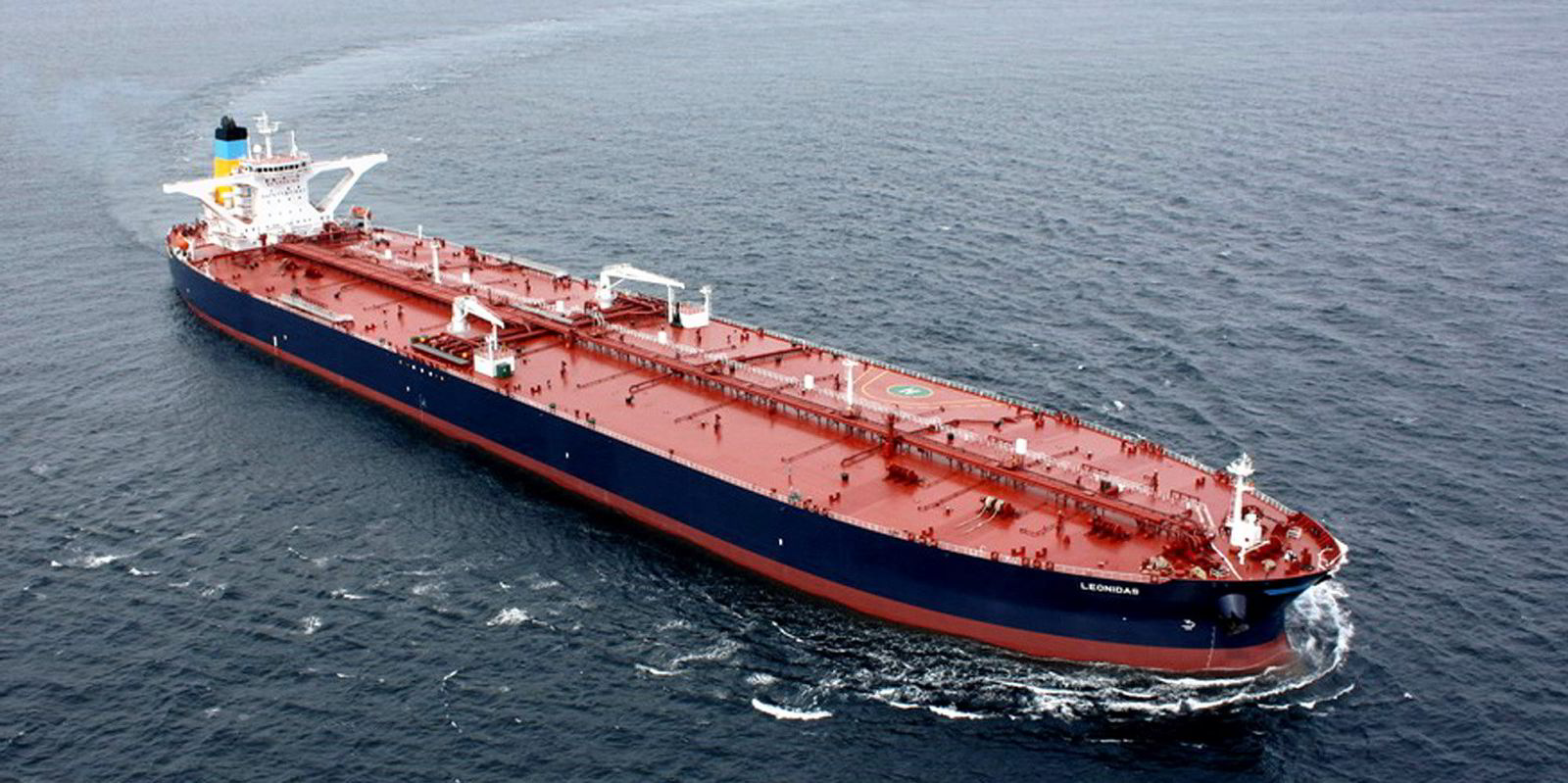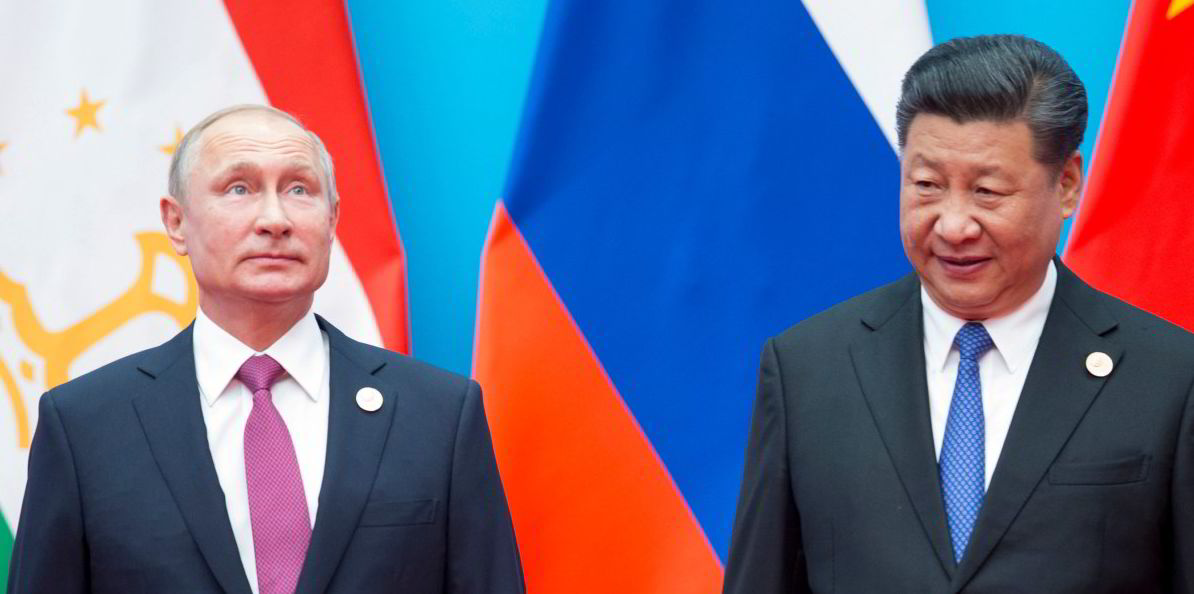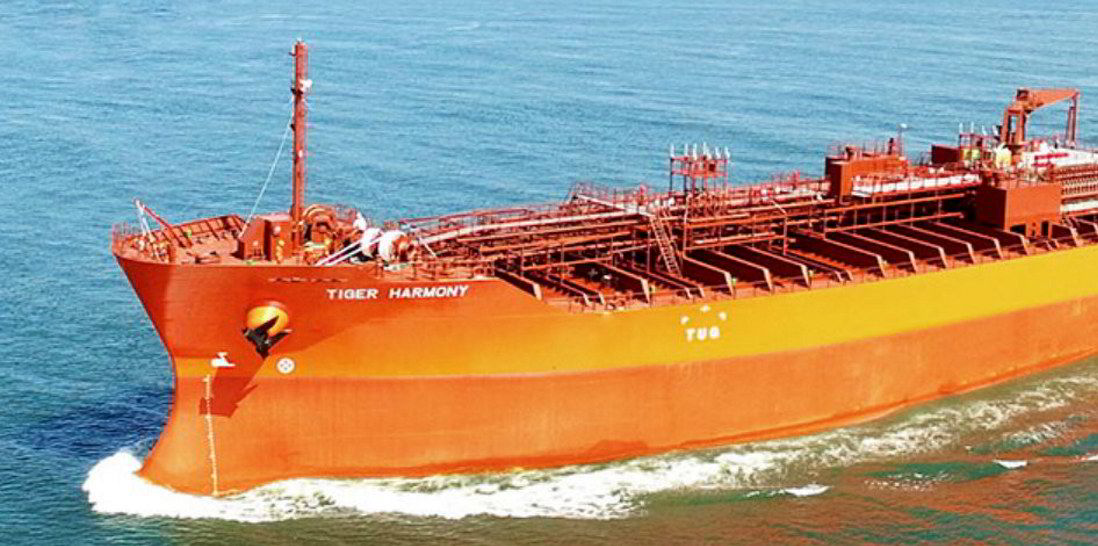Brokers believe China is turning away from Russian oil as it seeks to boost refinery supplies.
VLCCs continued to be fixed in large numbers from the Middle East, the US Gulf and West Africa to feed hungry importers, with average rates hitting a two-year high.
The Embiricos-owned, 318,000-dwt Poros (built 2008) has a deal lined up on subjects at $67,400 per day for a 53-day trip from the Middle East to China for Northern Petroleum.
Four other VLCCs were booked on Friday, including two from West Africa to India.
This followed 11 fixtures being reported on Thursday, as Chinese refiner Unipec snapped up eight ships.
Reports suggest China intends to use the country’s refineries as a “swing door” to serve the world’s needs for the most sought out petroleum products, mainly gasoil, which is sorely needed in Europe and in the US because of the energy crisis, Oslo shipbroker Lorentzen & Co said.
“That means China could take over the role of India that hitherto has amassed crude from Russia and other providers to make gasoil for the Western markets,” chief shipping analyst Nicolai Hansteen said.
He added that refiners seem, at least partly, to be changing channels from imports of Russian oil over to non-Russian oil, as sanctions are tightening and prices for Urals and ESPO grade crude become more uncompetitive.
In July, China’s imports from Russia were reduced from the previous month. August’s figures will reveal whether this trend has continued.
“What is apparent is that China’s state-run refineries have been unusually active in committing tonnage carrying oil from non-Russian origins, such as the Middle East Gulf, West Africa and the US, creating a rally in the VLCC market reverberating into the suezmax tanker market,” Hansteen said.
Vitol takes tanker

Brokers had expected another flurry of VLCC deals on Friday, driving earnings higher.
Trader Vitol also booked a vessel from the US Gulf to the UK on that day.
“In the tightened VLCC market, this was more than enough to drive freight rates exponentially higher,” Hansteen added.
Fearnley Securities assessed average rates from the Middle East to South Korea at $64,200 per day, a two-year high and up 27% in a day.
A typhoon in Asia also meant a rush to find cover for cargoes, shrinking the free tonnage list, the investment bank said.
Suezmax rates rose 11% over the week to $58,500 per day.
“The overall rise in activity has been linked to tight tanker supply and increased voyage length due to the war in Ukraine,” analysts Oystein Vaagen, Erik Gabriel Hovi and Ulrik Mannhart said.






